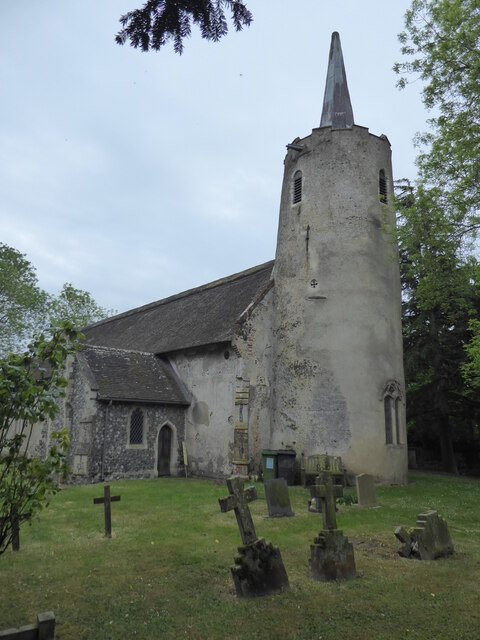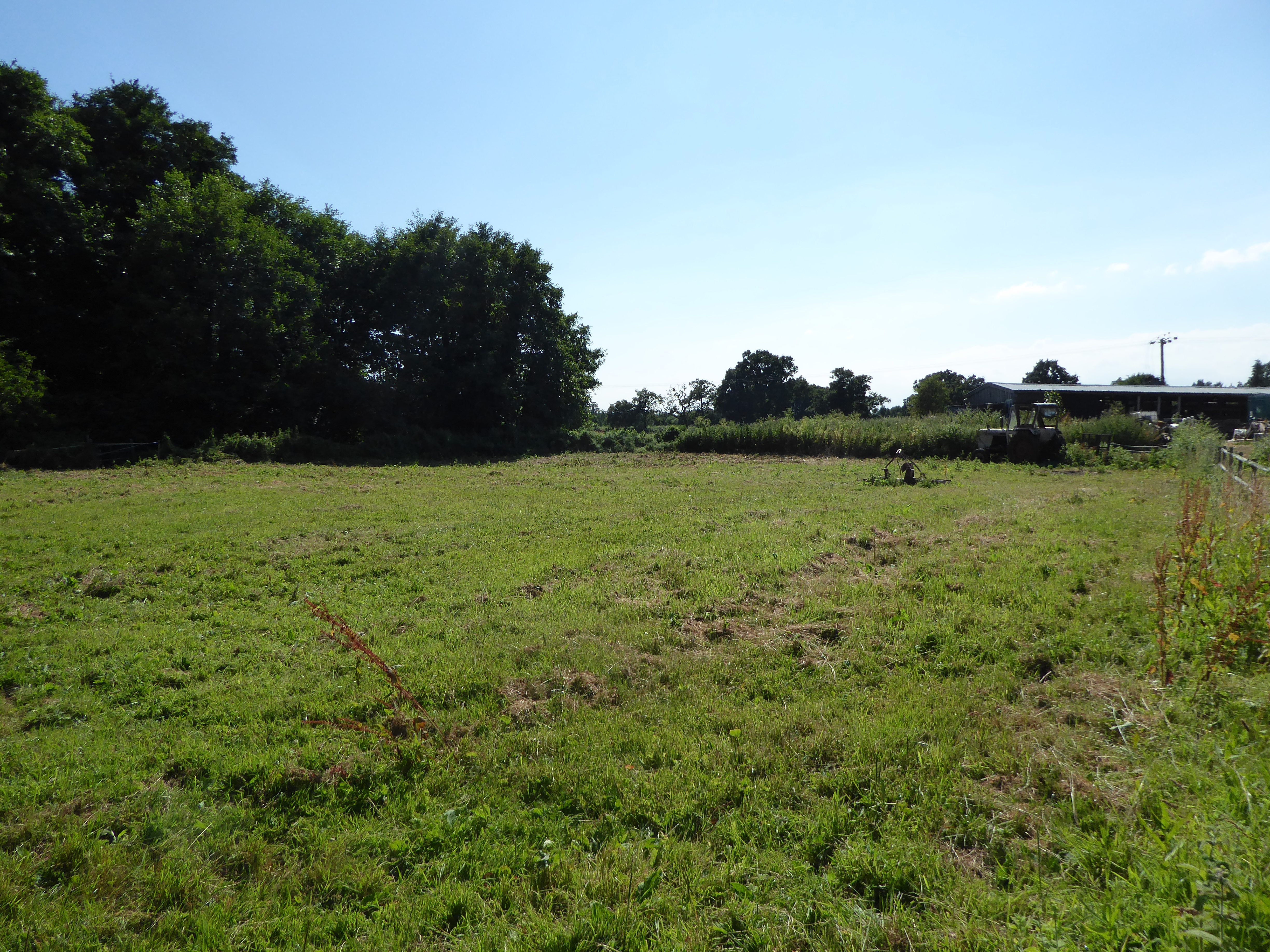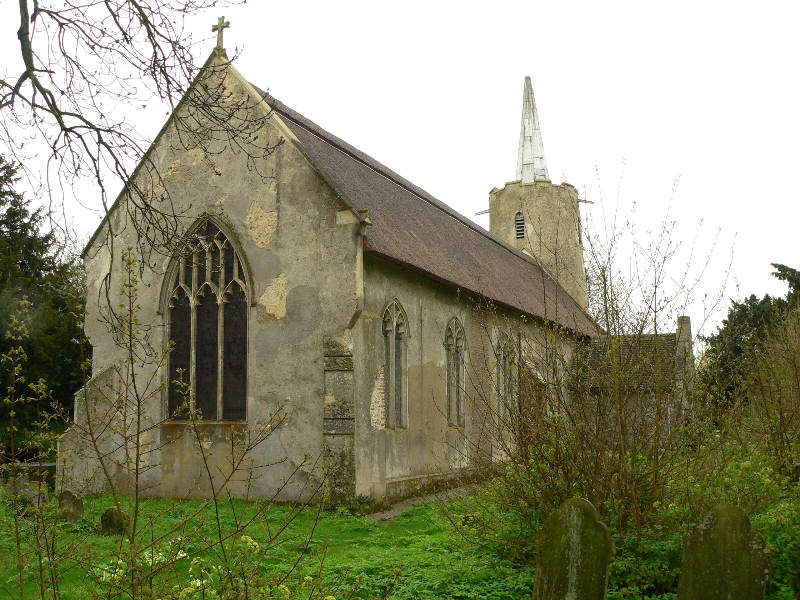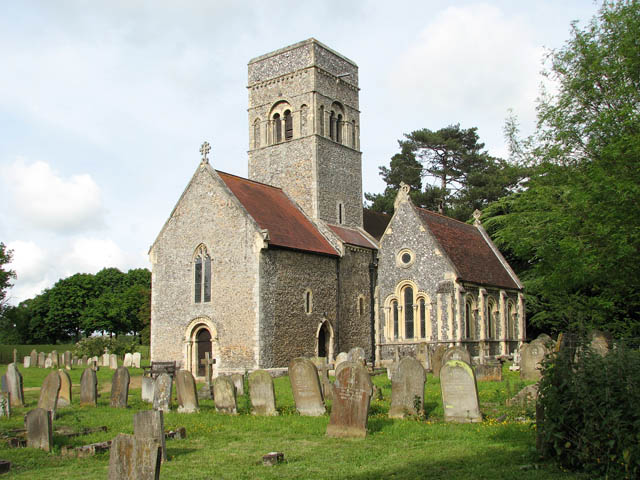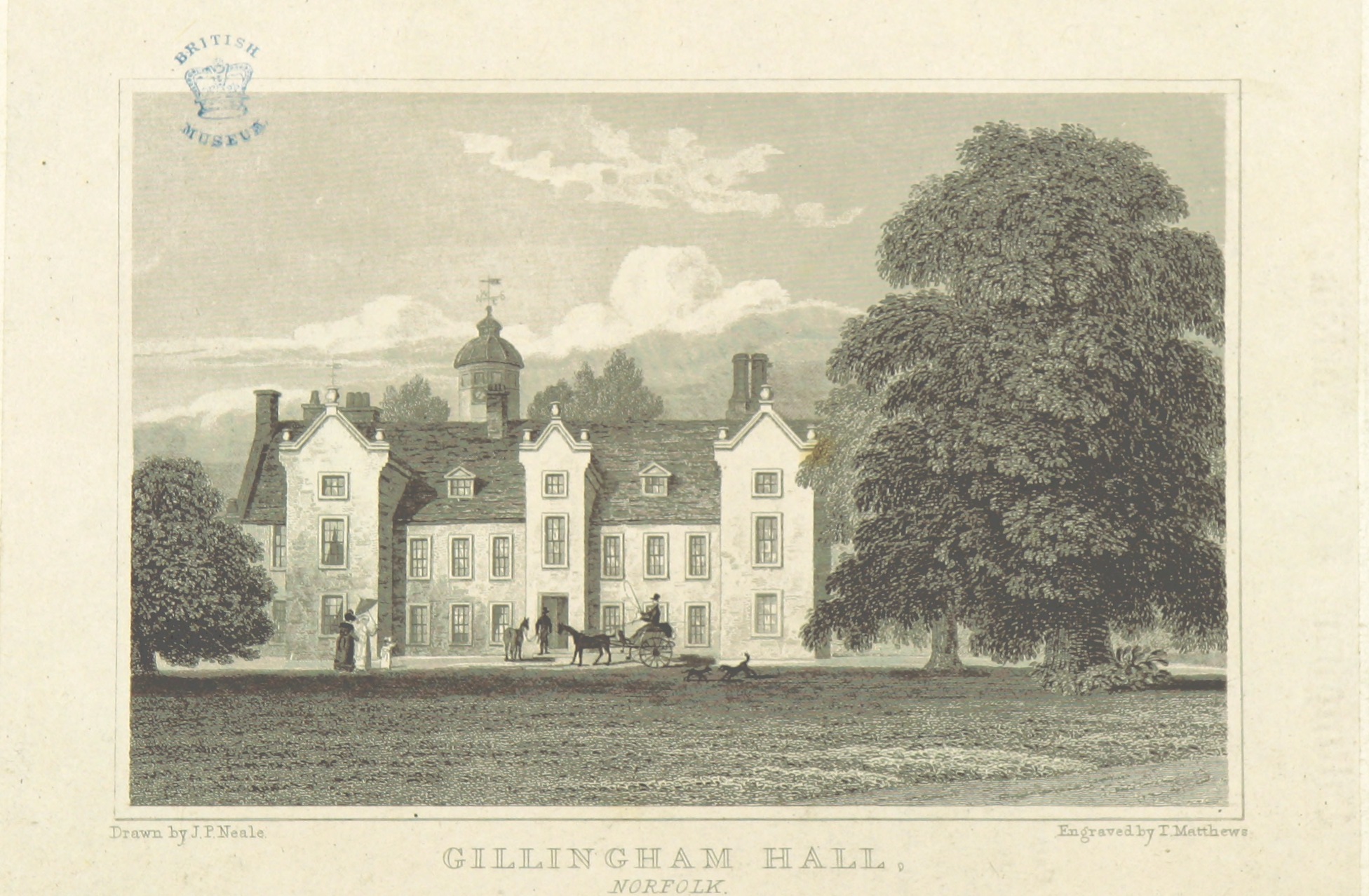Hallfarm Plantation
Wood, Forest in Norfolk South Norfolk
England
Hallfarm Plantation

Hallfarm Plantation is a picturesque woodland located in Norfolk, England. Spanning over a vast area, it is known for its diverse range of trees and abundant wildlife. The plantation consists mainly of native broadleaf species, including oak, beech, ash, and birch, which create a dense and lush canopy, providing a haven for various flora and fauna.
The plantation is managed by a dedicated team of foresters who ensure its preservation and sustainability. They employ traditional woodland management techniques such as coppicing and selective felling to maintain a healthy ecosystem and encourage the growth of new trees. The well-maintained footpaths and trails make it a popular destination for nature enthusiasts, hikers, and birdwatchers.
Hallfarm Plantation is home to an array of wildlife, including deer, foxes, badgers, and countless bird species. Birdwatchers can spot woodpeckers, owls, and various songbirds throughout the year. The plantation also boasts a vibrant insect population, with butterflies, bees, and beetles adding to the rich biodiversity.
Aside from its natural beauty, Hallfarm Plantation offers recreational activities for visitors. The well-equipped picnic areas and designated camping spots allow families to enjoy a day out surrounded by nature. The plantation also hosts educational programs and guided tours, giving visitors an opportunity to learn about the importance of woodland conservation and the role it plays in maintaining a healthy environment.
Overall, Hallfarm Plantation is a stunning woodland retreat that offers a peaceful and immersive experience for nature lovers. Its lush vegetation, diverse wildlife, and well-preserved pathways make it an ideal destination for anyone seeking solace in the beauty of nature.
If you have any feedback on the listing, please let us know in the comments section below.
Hallfarm Plantation Images
Images are sourced within 2km of 52.479962/1.5267269 or Grid Reference TM3992. Thanks to Geograph Open Source API. All images are credited.






Hallfarm Plantation is located at Grid Ref: TM3992 (Lat: 52.479962, Lng: 1.5267269)
Administrative County: Norfolk
District: South Norfolk
Police Authority: Norfolk
What 3 Words
///repelled.chatters.rummage. Near Beccles, Suffolk
Nearby Locations
Related Wikis
Geldeston Meadows
Geldeston Meadows is a 14-hectare (35-acre) biological Site of Special Scientific Interest near Geldeston in Norfolk. It is part of the Broadland Ramsar...
Haughey Air AgustaWestland AW139 crash
On 13 March 2014, an AgustaWestland AW139 helicopter of Haughey Air crashed shortly after taking off at night in fog from Gillingham, Norfolk, United Kingdom...
Stockton, Norfolk
Stockton is a small village in Norfolk, England near the A146, just over 2 miles from Beccles. It covers an area of 3.65 km2 (1.41 sq mi) and had a population...
Geldeston railway station
Geldeston (also Geldeston Halt) was a station on the Waveney Valley Line serving the village of Geldeston, Norfolk. It was operational for passenger services...
Geldeston
Geldeston is a village and civil parish in the English county of Norfolk. The village is located 2.5 miles (4.0 km) north-west of Beccles and 14 miles...
Leet Hill, Kirby Cane
Leet Hill, Kirby Cane is a 6.5-hectare (16-acre) geological Site of Special Scientific Interest in Kirby Cane in Norfolk. It is a Geological Conservation...
Gillingham, Norfolk
Gillingham ( GHIL-ing-əm) is a small village and civil parish in the English county of Norfolk. The villages is located 1.5 miles (2.4 km) north-west...
Gillingham Hall
Gillingham Hall is a Jacobean manor house in the village of Gillingham, Norfolk, England. It is a Grade II* Listed Building.The house has 10-bedrooms and...
Nearby Amenities
Located within 500m of 52.479962,1.5267269Have you been to Hallfarm Plantation?
Leave your review of Hallfarm Plantation below (or comments, questions and feedback).






